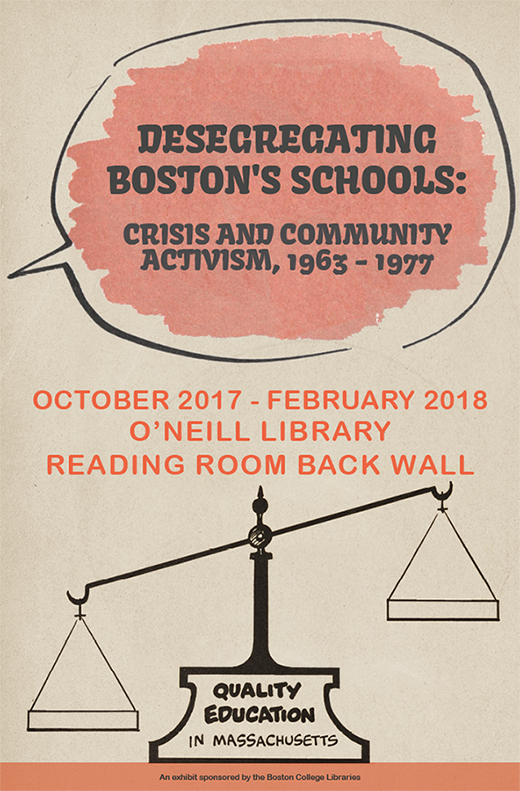In 1954, the United States Supreme Court declared separate public schools for black and white students unconstitutional (Brown v. Board of Education). The ruling for desegregation provoked significant backlash from white communities and their elected officials across the country for several decades. De facto segregation, where racial concentration across neighborhoods resulted in the schools being predominantly minority or majority populations, continued nationwide after 1954. Activists continued to push for desegregation before and after the Civil Rights Act of 1964 and Voting Rights Act of 1965 respectively prohibited discrimination based on race, color, religion, sex, or national origin and racial discrimination in voting.
In 1965, Massachusetts was the first state to legally prohibit racially imbalanced schools (Racial Imbalance Law of 1965). Nonetheless, de facto segregation persisted in the state, prompting a 1974 federal ruling (Morgan v. Hennigan) mandating Boston school redistricting and busing to promote greater racial balances. With resistance to desegregation in the community, this landmark decision spurred both activism and riots in the 1970s and 1980s.
For more information, please refer to the full exhibit at the John J. Burns Library.

